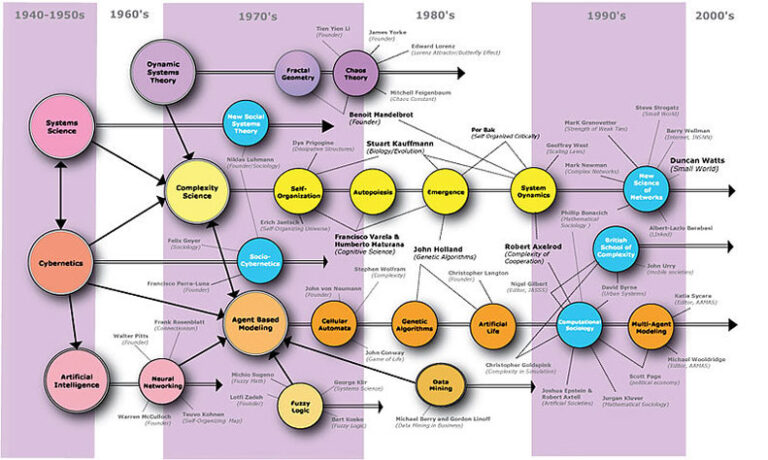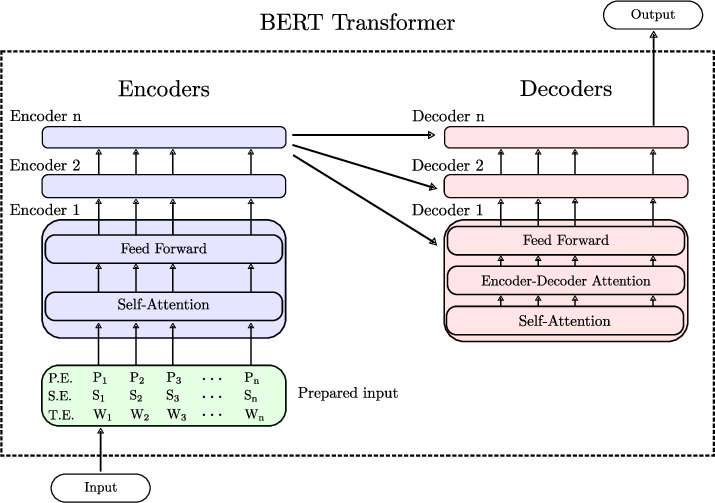AI Privacy and Security
With the rise of AI comes concerns about privacy and security. As AI becomes more sophisticated and integrated into our daily lives, it is crucial to address these issues to protect the privacy and security of individuals and organizations.
AI Privacy
AI Privacy refers to the protection of personal data and information collected and processed by AI systems.
With AI’s ability to analyze massive amounts of data and make predictions and decisions based on that data, there is a growing concern about the potential misuse of personal information.
Companies that use AI must ensure that they are transparent about the data they collect, how it is used, and how it is protected.
One of the main challenges in AI privacy is the lack of control that individuals have over their personal information.
As AI systems become more advanced, they can gather data from various sources without the user’s explicit consent. This poses a threat to individuals’ privacy as their data can be used for purposes they did not intend or approve of.
To address these concerns, organizations must implement strict data protection policies and practices. This includes obtaining explicit consent from individuals before collecting their data, ensuring that data is stored securely, and implementing measures to protect against data breaches and unauthorized access.
AI Security
AI Security focuses on protecting AI systems from cyber threats and attacks. As AI becomes more integrated into critical systems such as autonomous vehicles and medical devices, the risk of cyber-attacks targeting these systems increases.
Hackers could exploit vulnerabilities in AI algorithms to manipulate data, make incorrect decisions, or gain unauthorized access to sensitive information.
One of the main challenges in AI security is the lack of awareness and understanding of potential vulnerabilities in AI systems.
As AI becomes more complex and sophisticated, it becomes increasingly difficult to identify and mitigate security risks.
Organizations must conduct regular security audits and assessments to identify and address vulnerabilities in their AI systems.
Another challenge in AI security is the shortage of skilled cybersecurity professionals with expertise in AI.
As the demand for AI security experts grows, organizations must invest in training and development programs to build a workforce capable of defending against cyber threats targeting AI systems.
Best Practices for AI Privacy and Security
To ensure the privacy and security of AI systems, organizations must implement best practices and guidelines. Some of these best practices include:
1. Data Minimization: Organizations should only collect and retain data that is necessary for the operation of AI systems. Excessive data collection increases the risk of privacy breaches and unauthorized access.
2. Encryption: Data stored and transmitted by AI systems should be encrypted to protect against unauthorized access and data breaches.
3. Access Control: Organizations should implement strict access control measures to ensure that only authorized individuals have access to AI systems and data.
4. Regular Audits: Regular security audits and assessments should be conducted to identify and address vulnerabilities in AI systems.
5. Transparency: Organizations should be transparent about the data they collect, how it is used, and how it is protected. Individuals should be informed about the data being collected and have the option to opt-out if they choose.
Conclusion
As AI becomes more integrated into our daily lives, it is crucial to address the privacy and security concerns associated with its use.
Organizations must implement strict data protection policies and practices to protect the privacy of individuals and ensure that AI systems are secure from cyber threats and attacks.
By following best practices and guidelines, organizations can build trust with their customers and stakeholders and ensure that AI systems are used responsibly and ethically.




